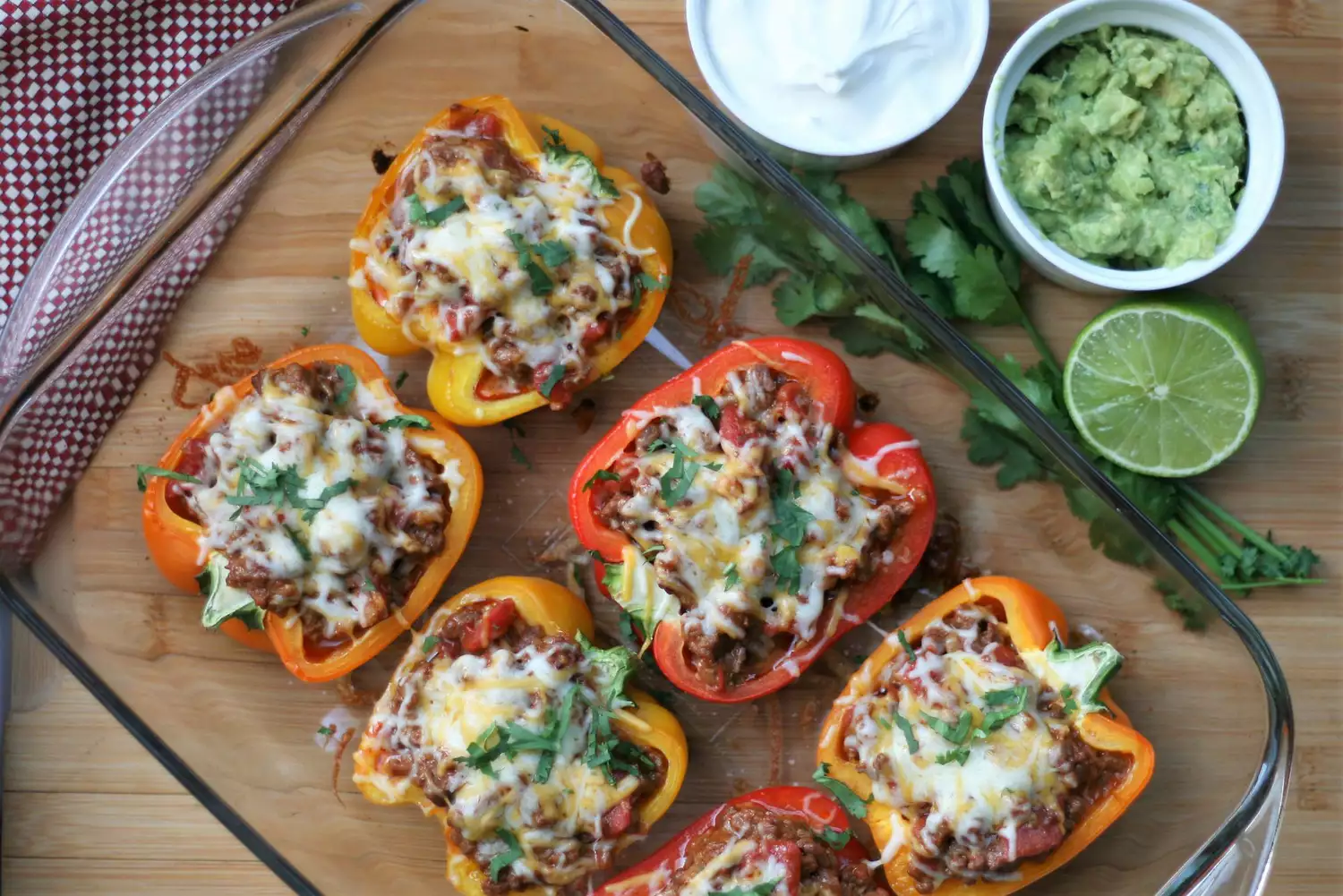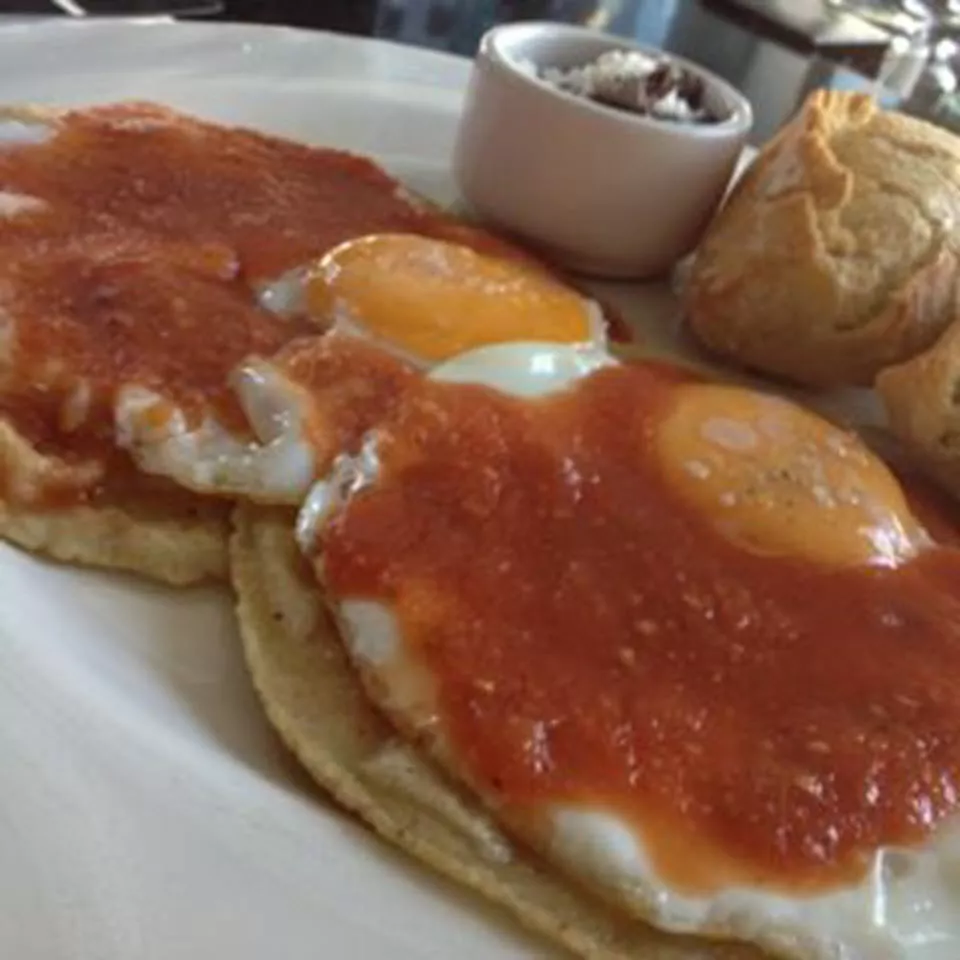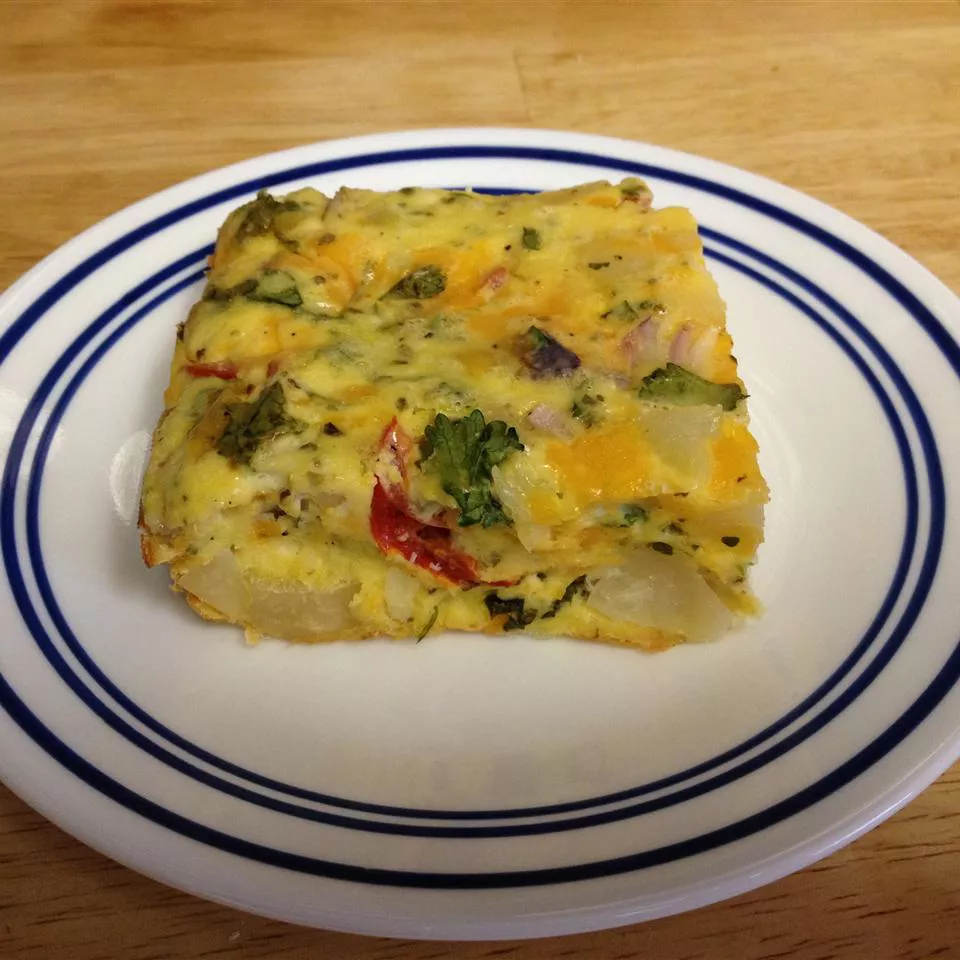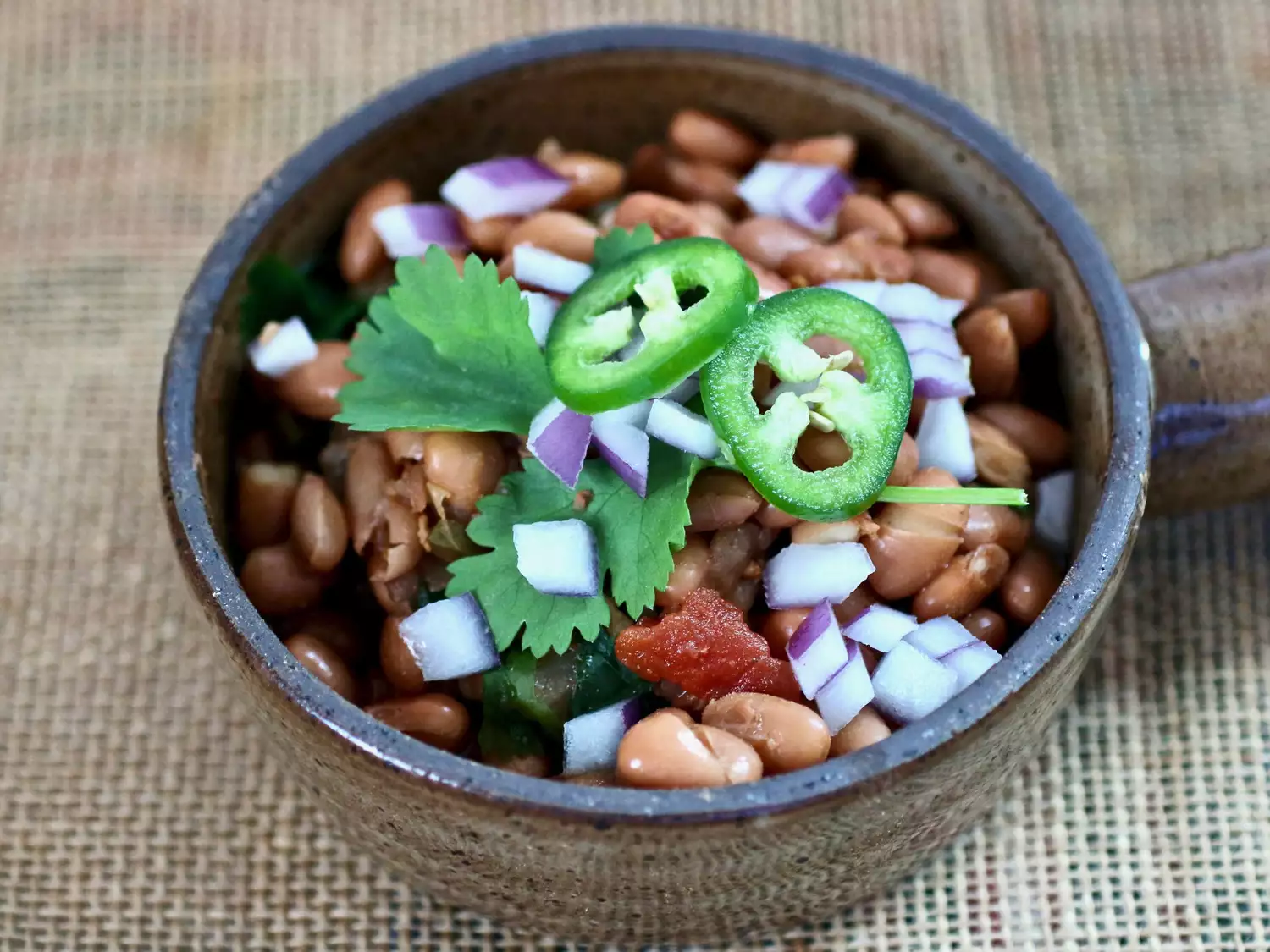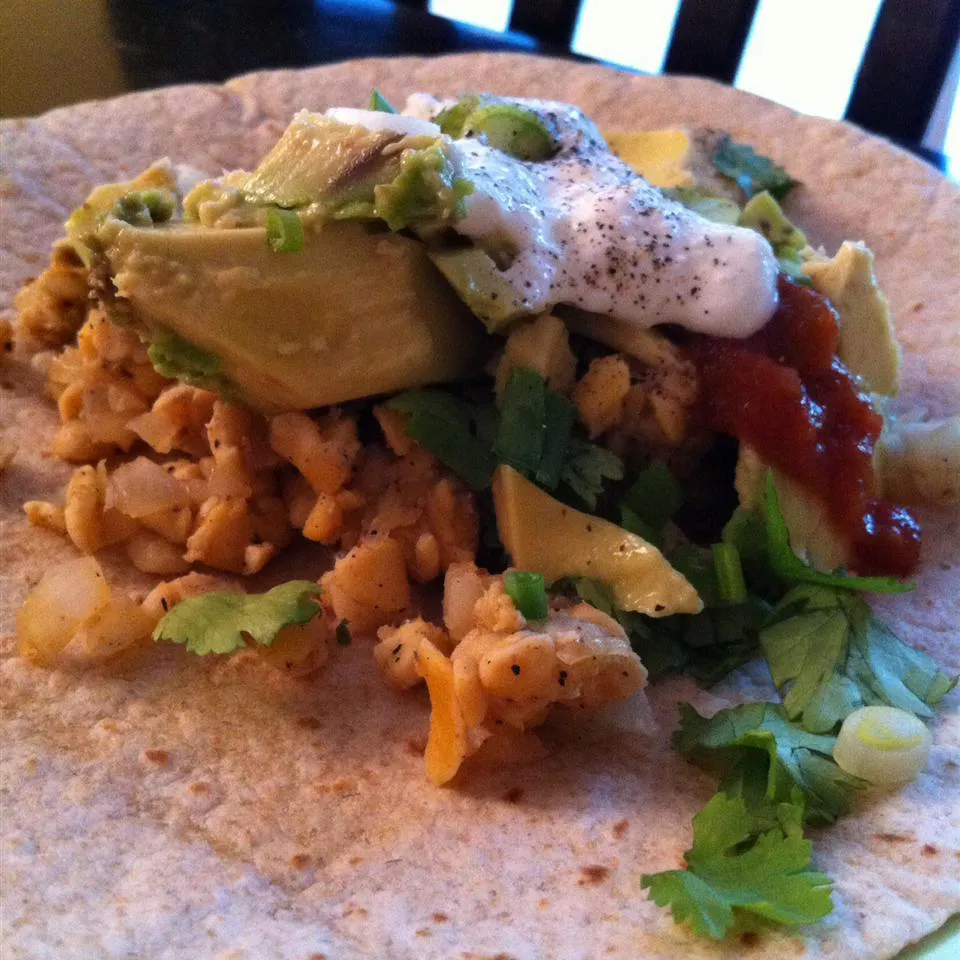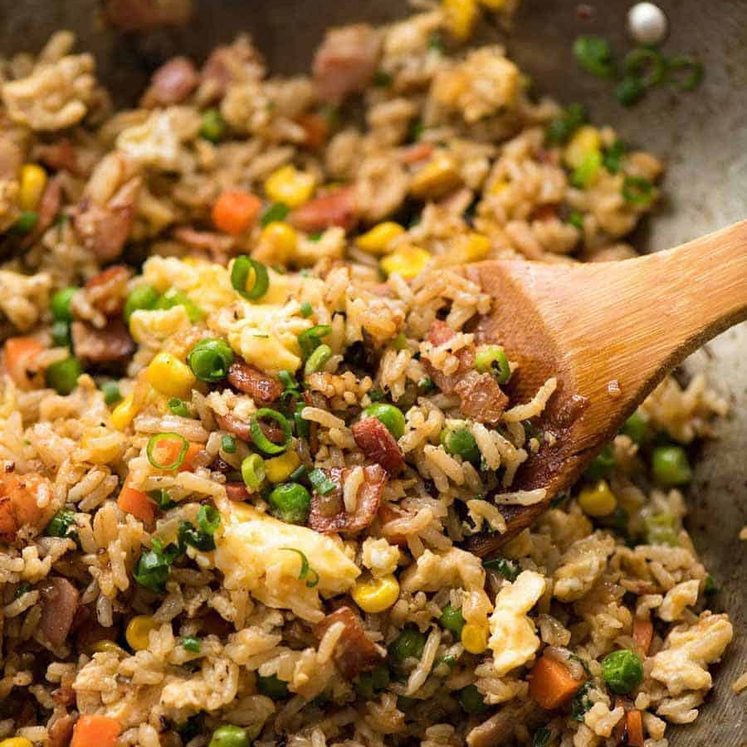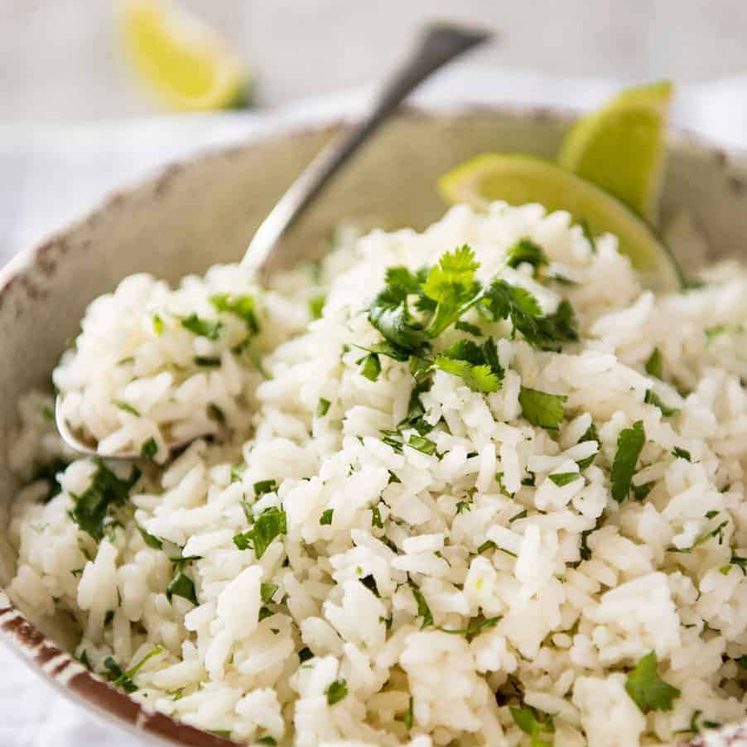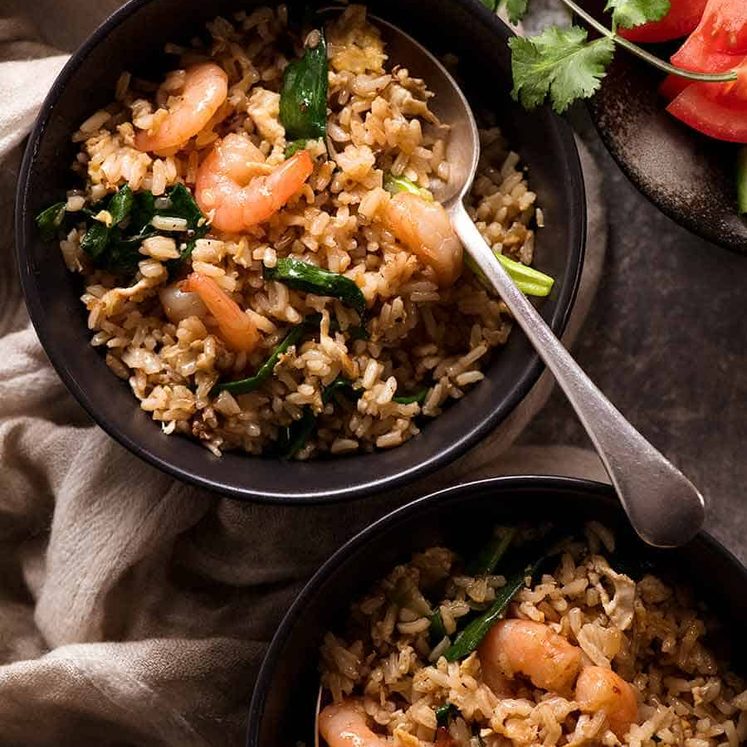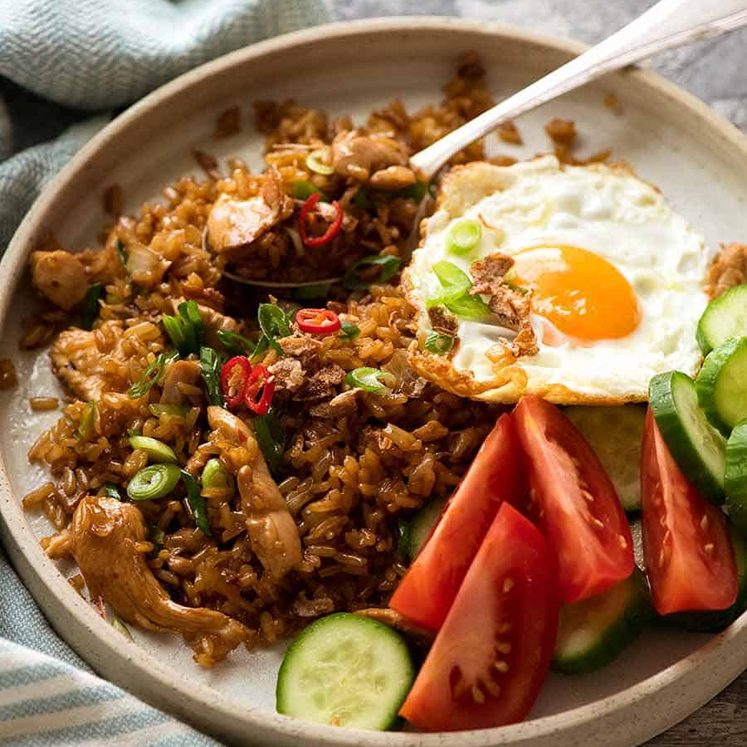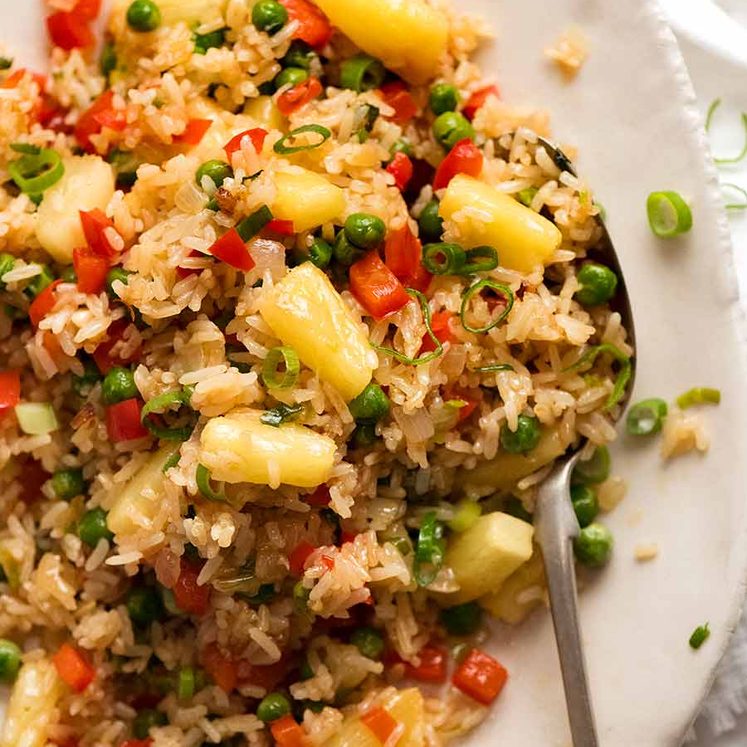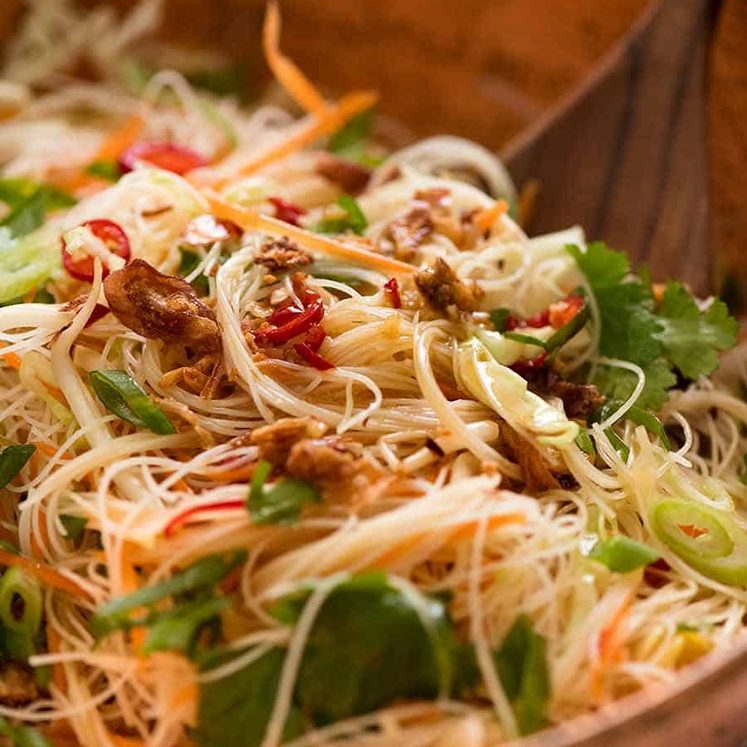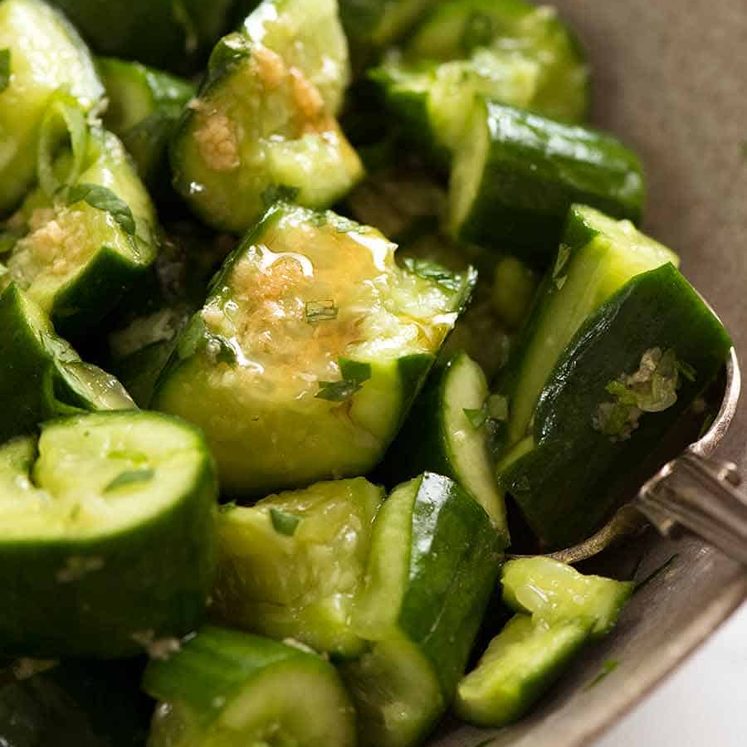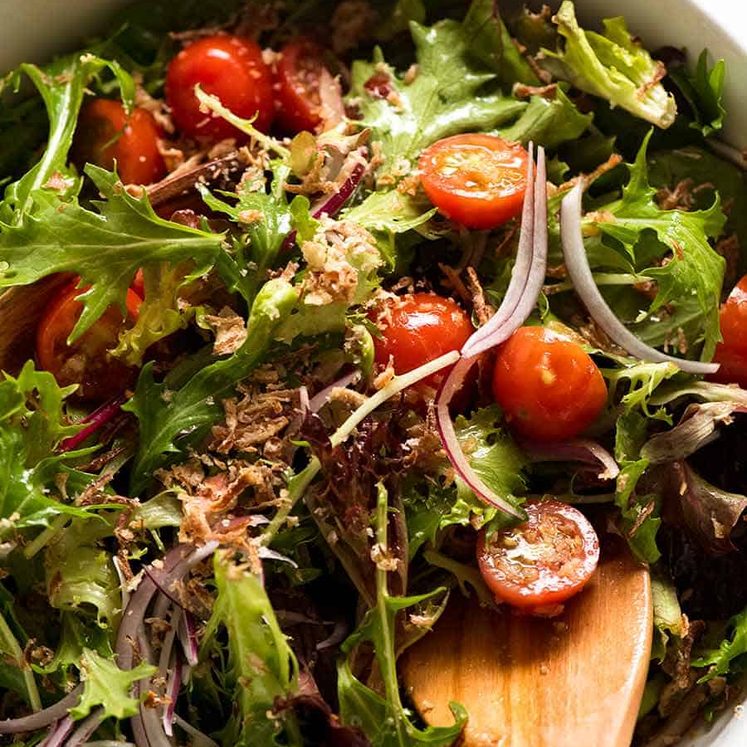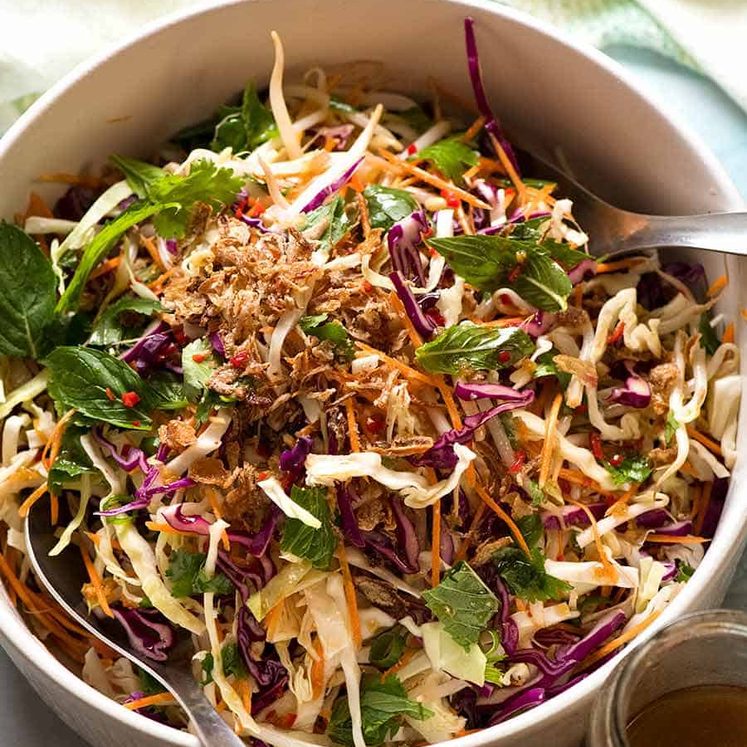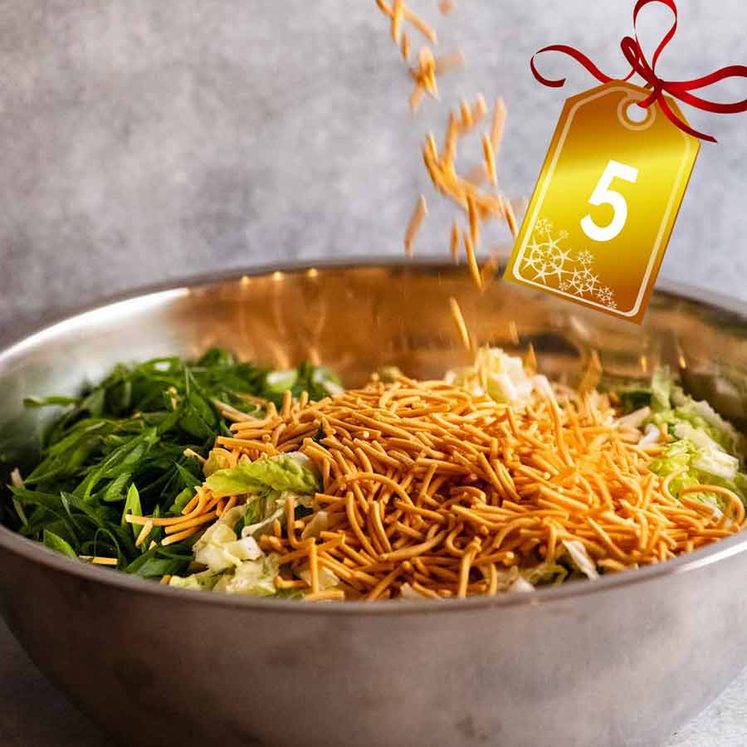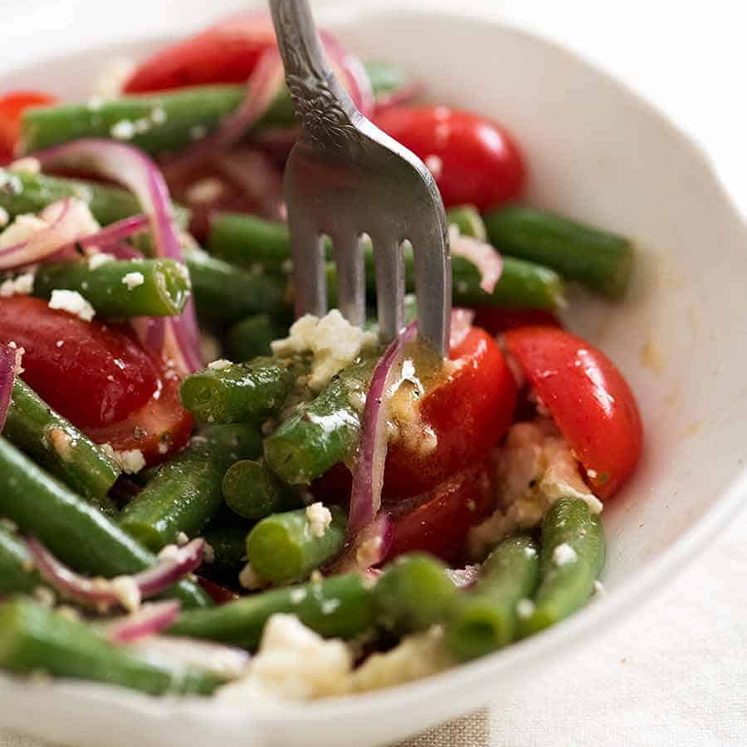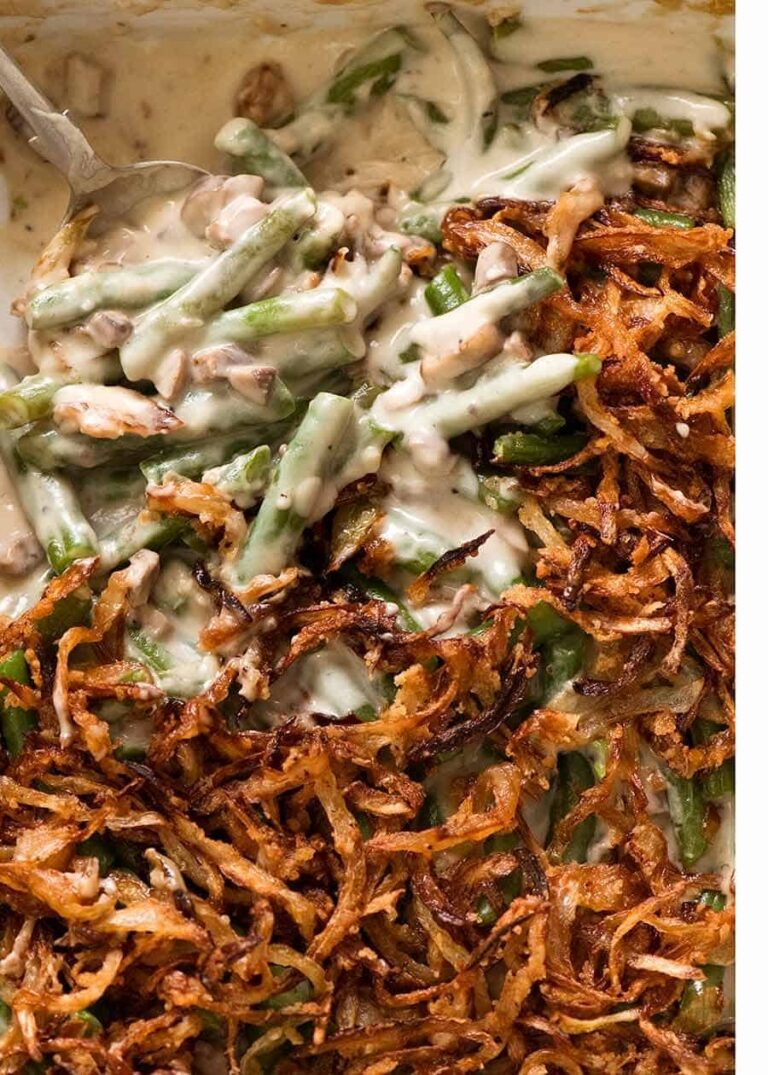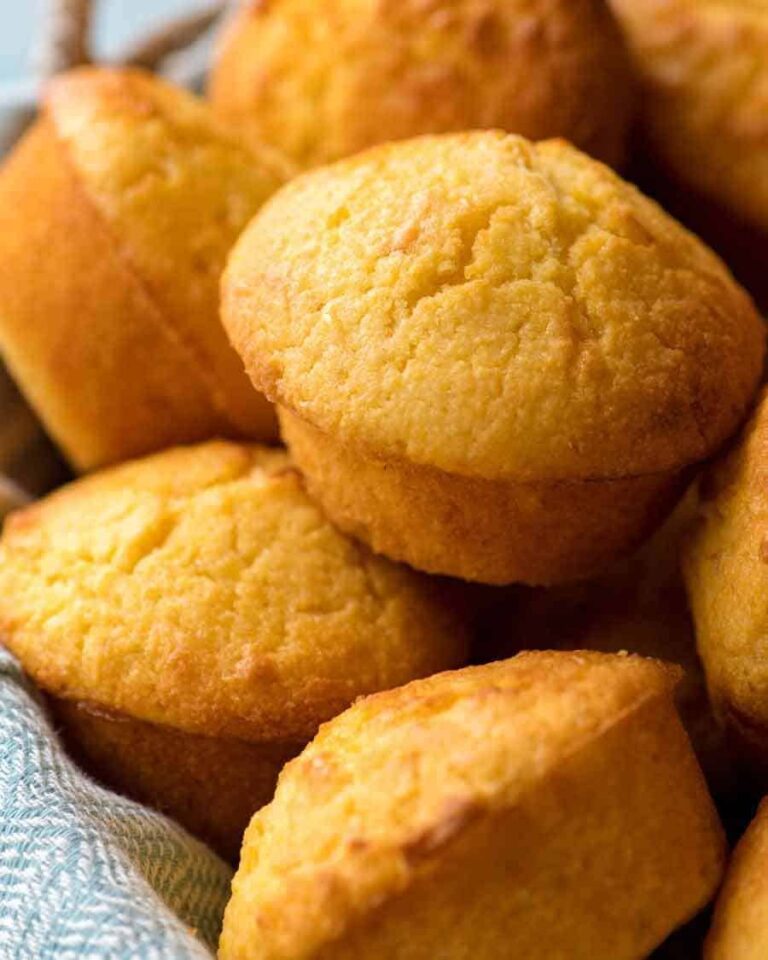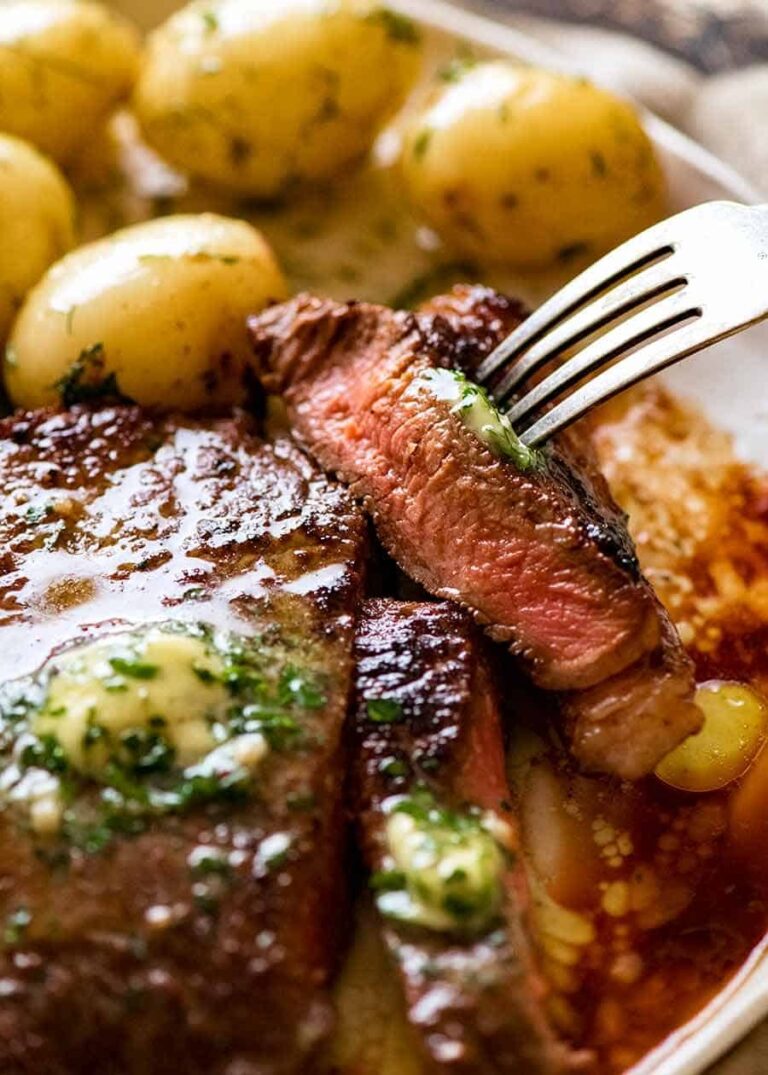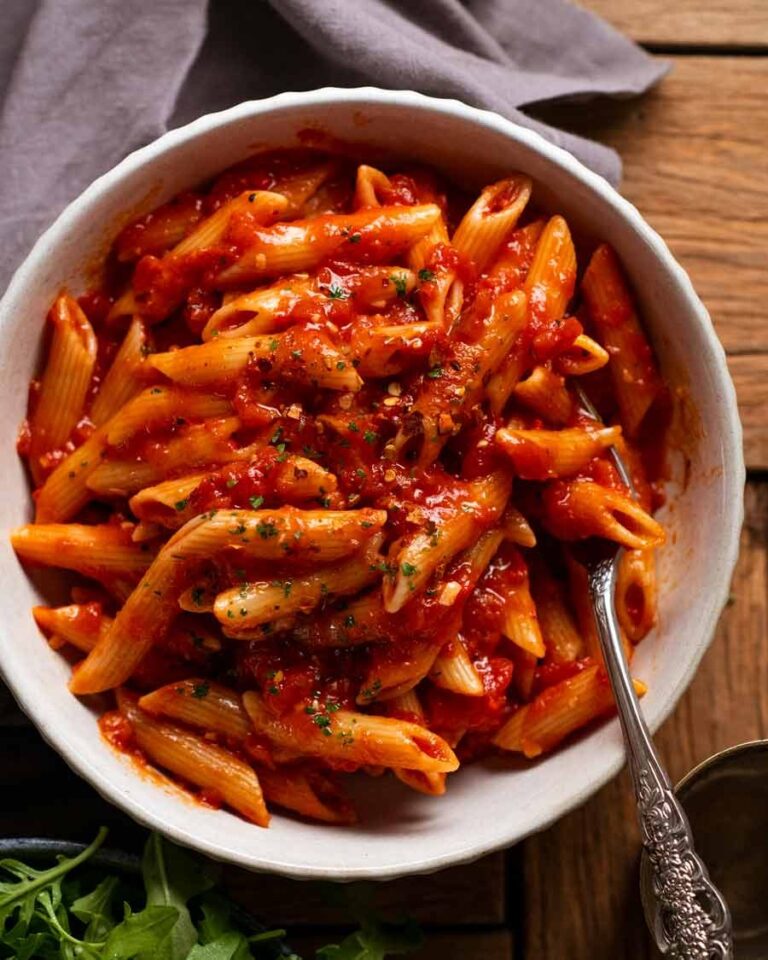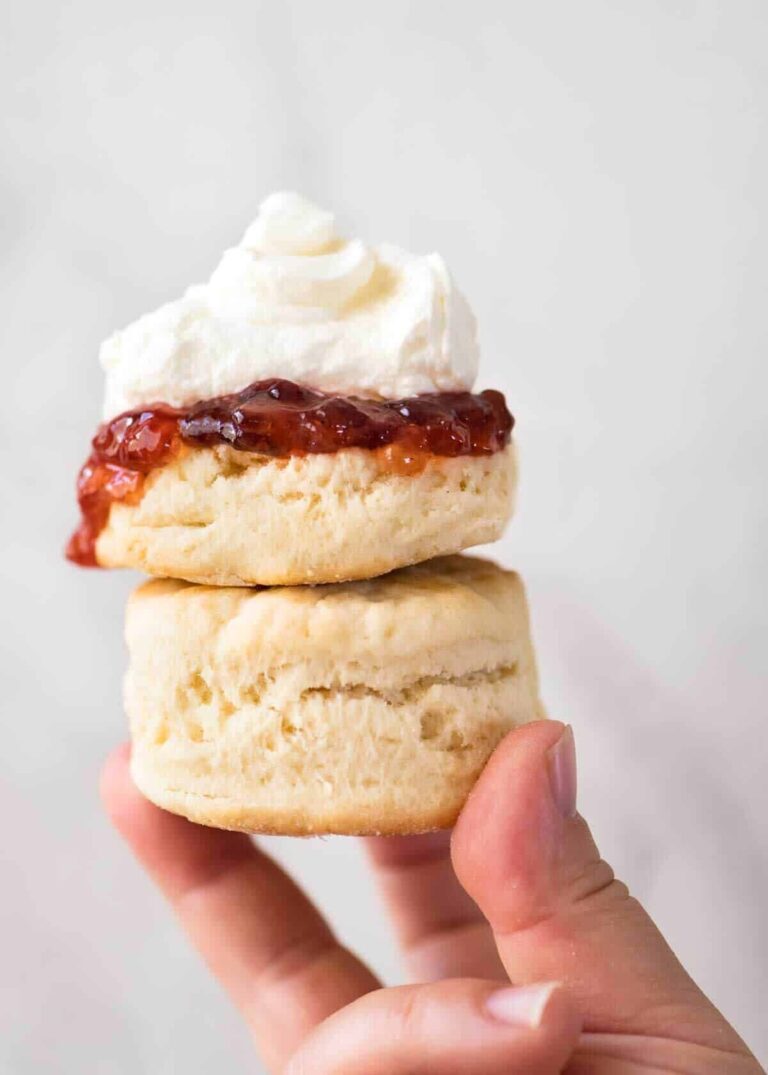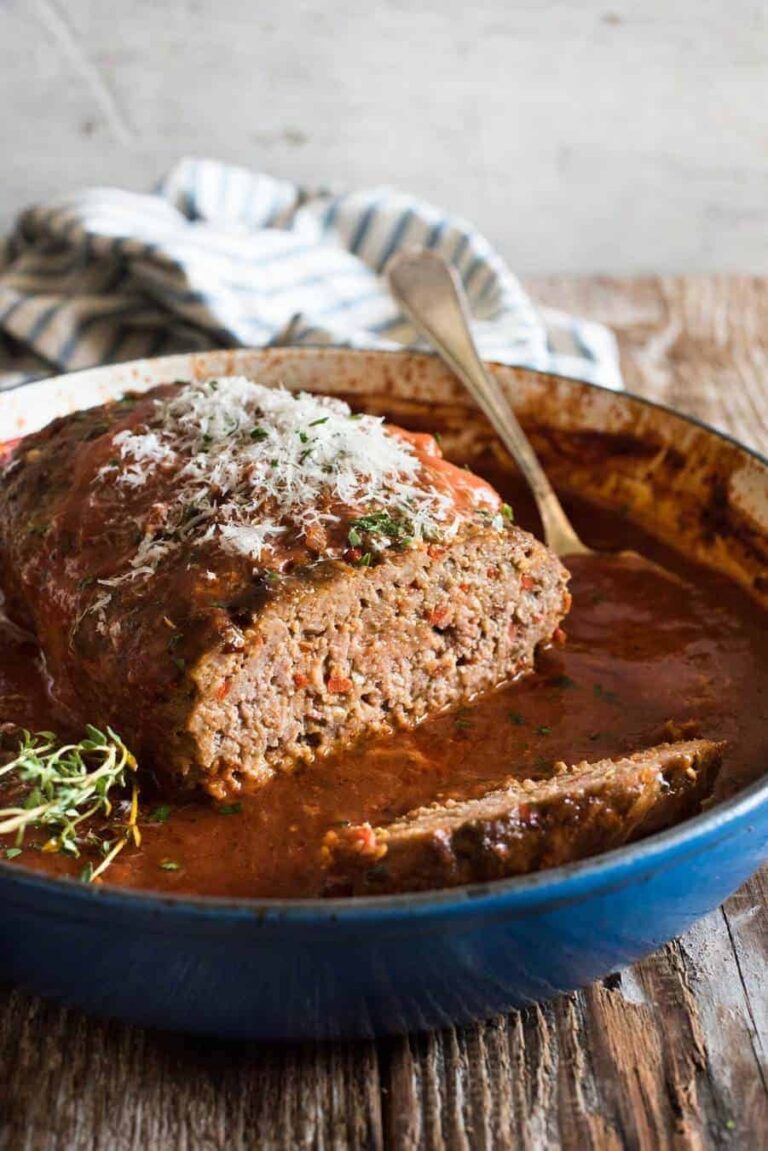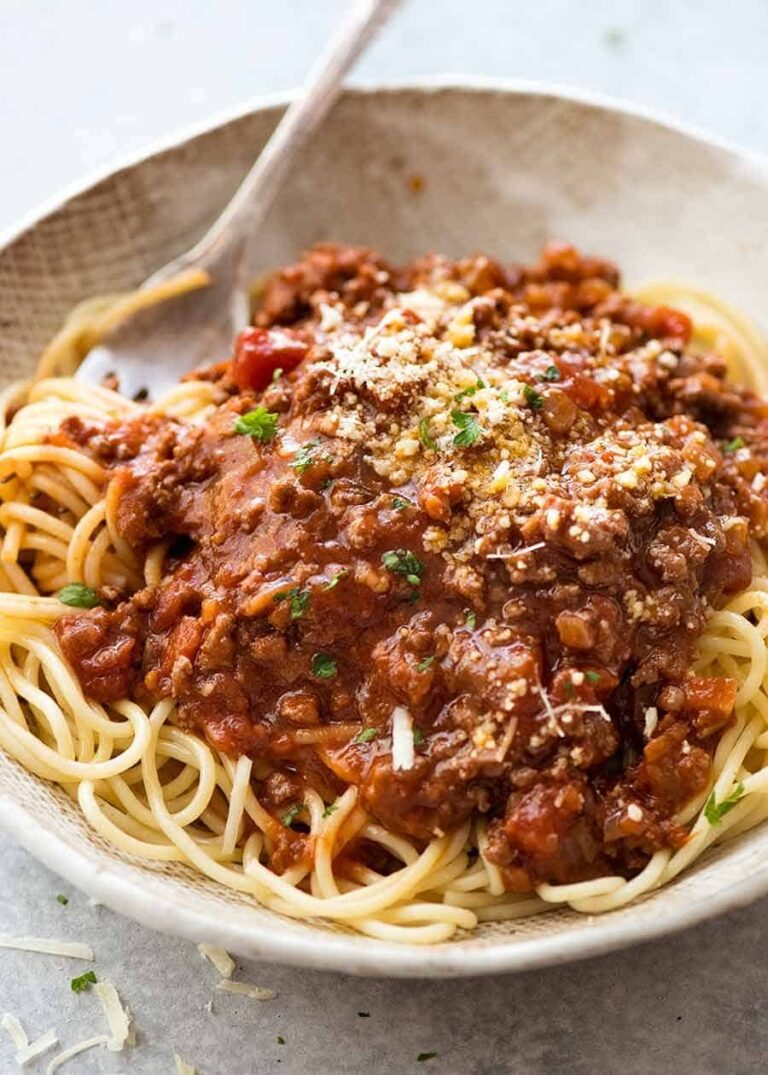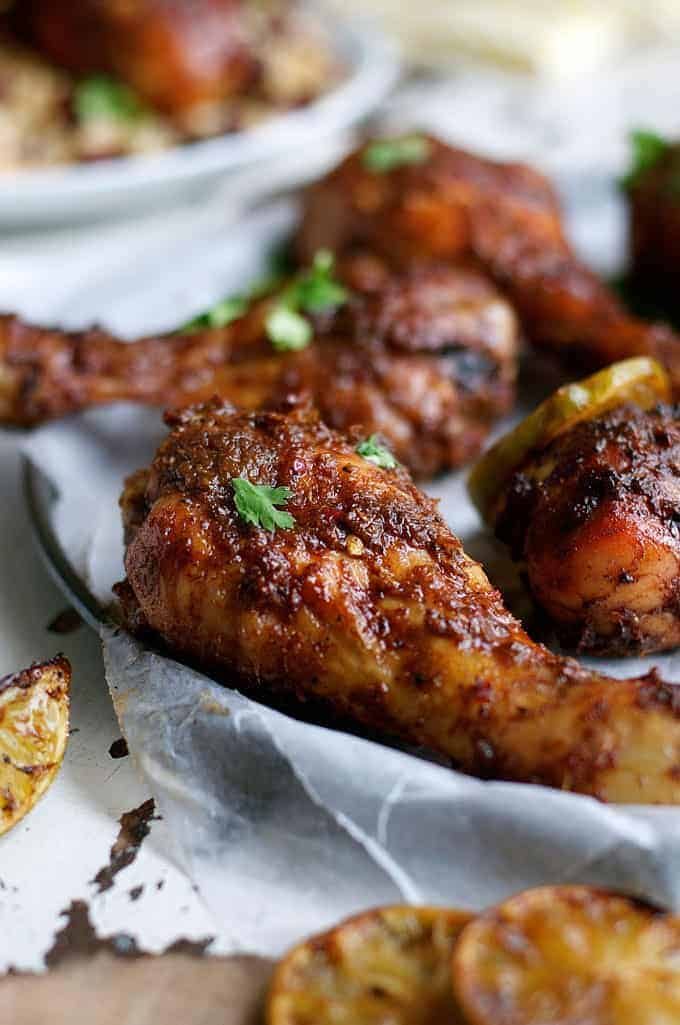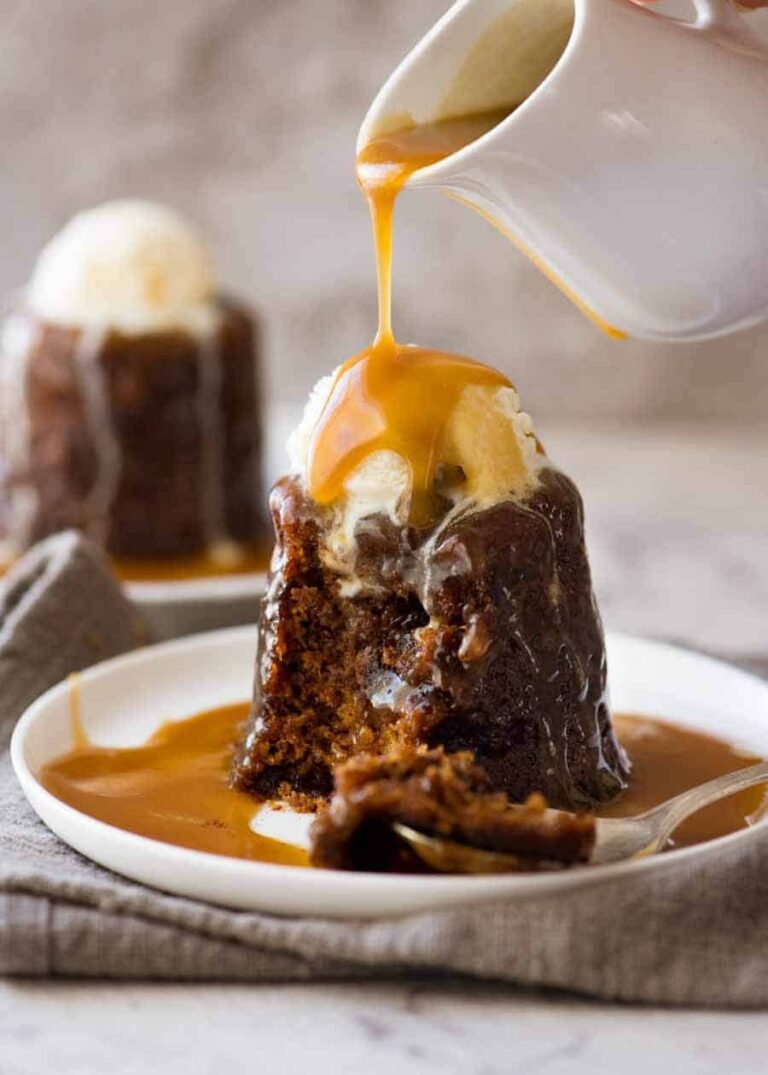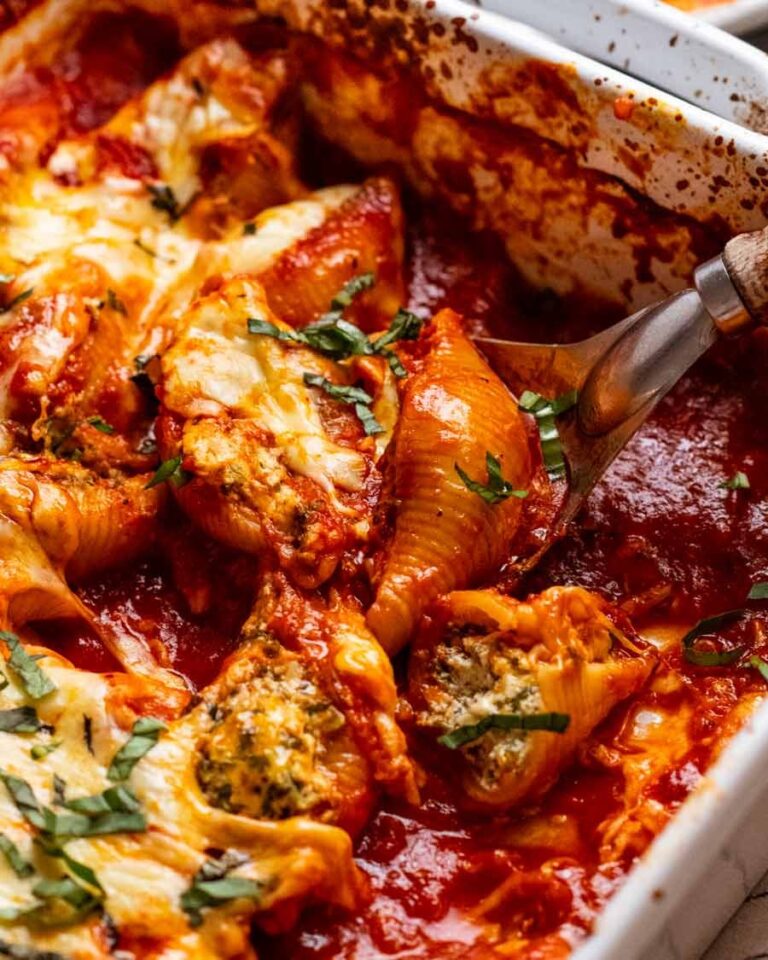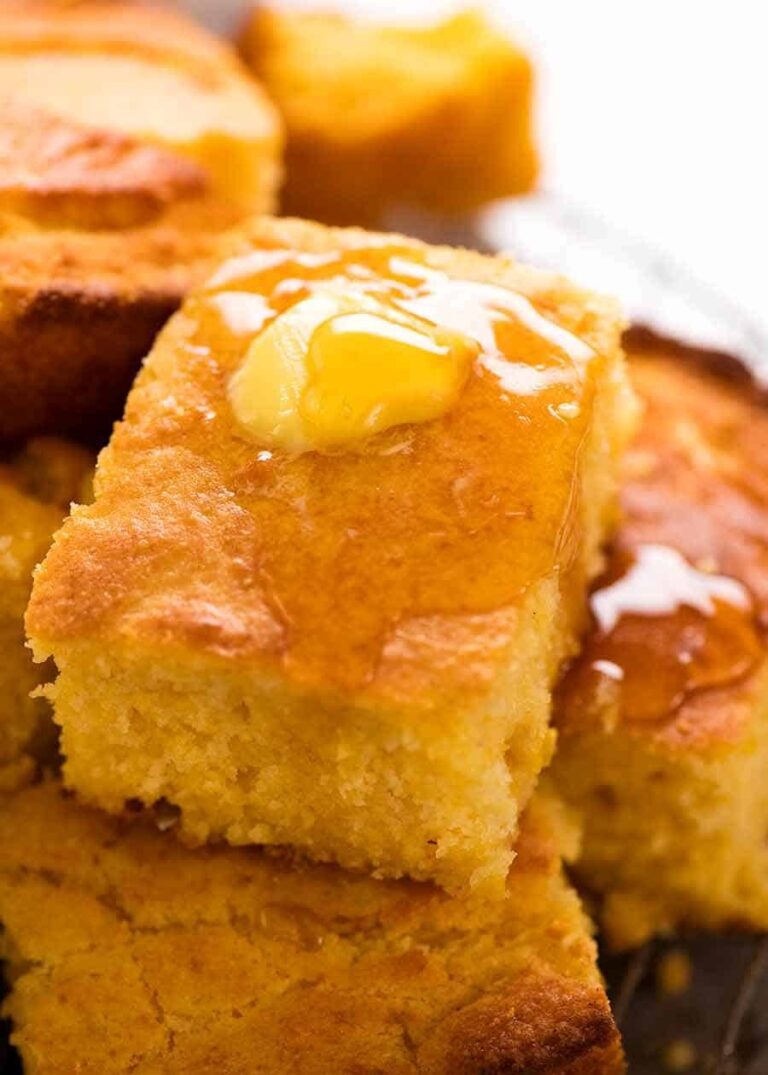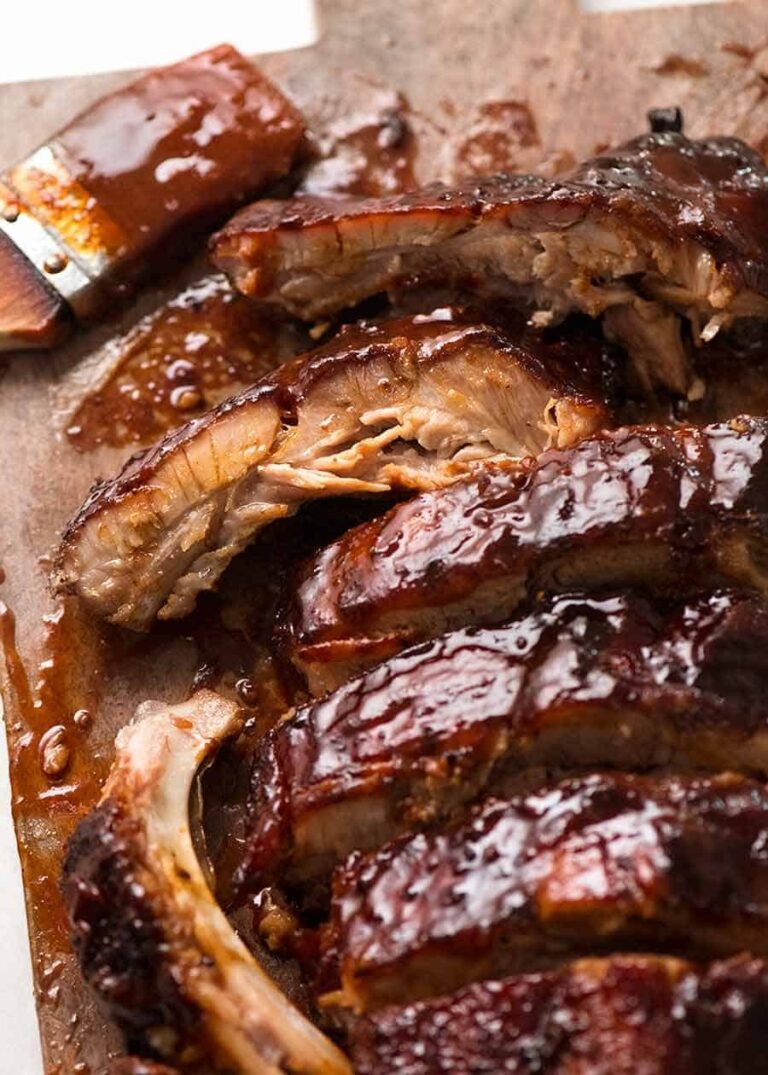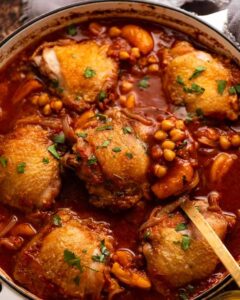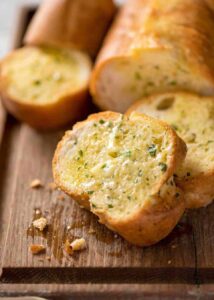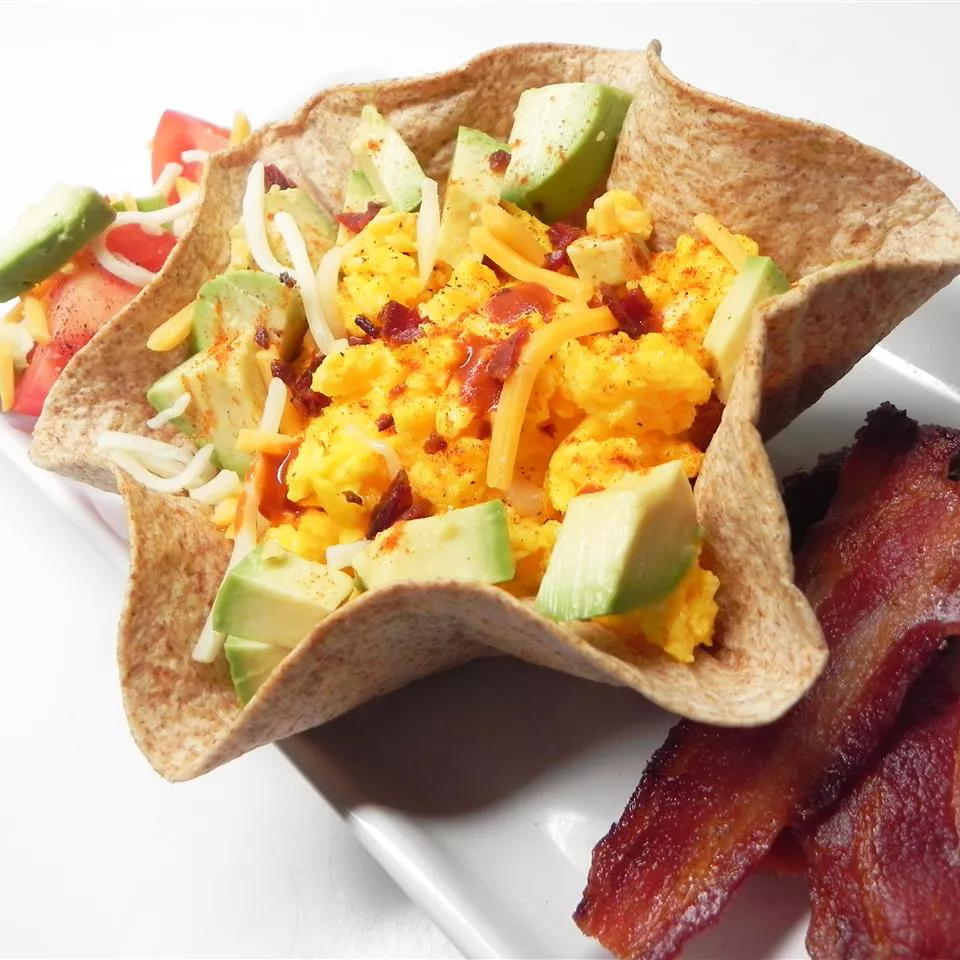
Asian Glazed Baked Barramundi recipe
Baked fish will be so bland. So dial up the scrumptious issue by slathering with an Asian BBQ Sauce, then roast till caramelised! Savoury, candy, with a touch of spice and an entire lot of yum. We’re making Baked Barramundi right here, however virtually any agency white fish will work for this recipe.
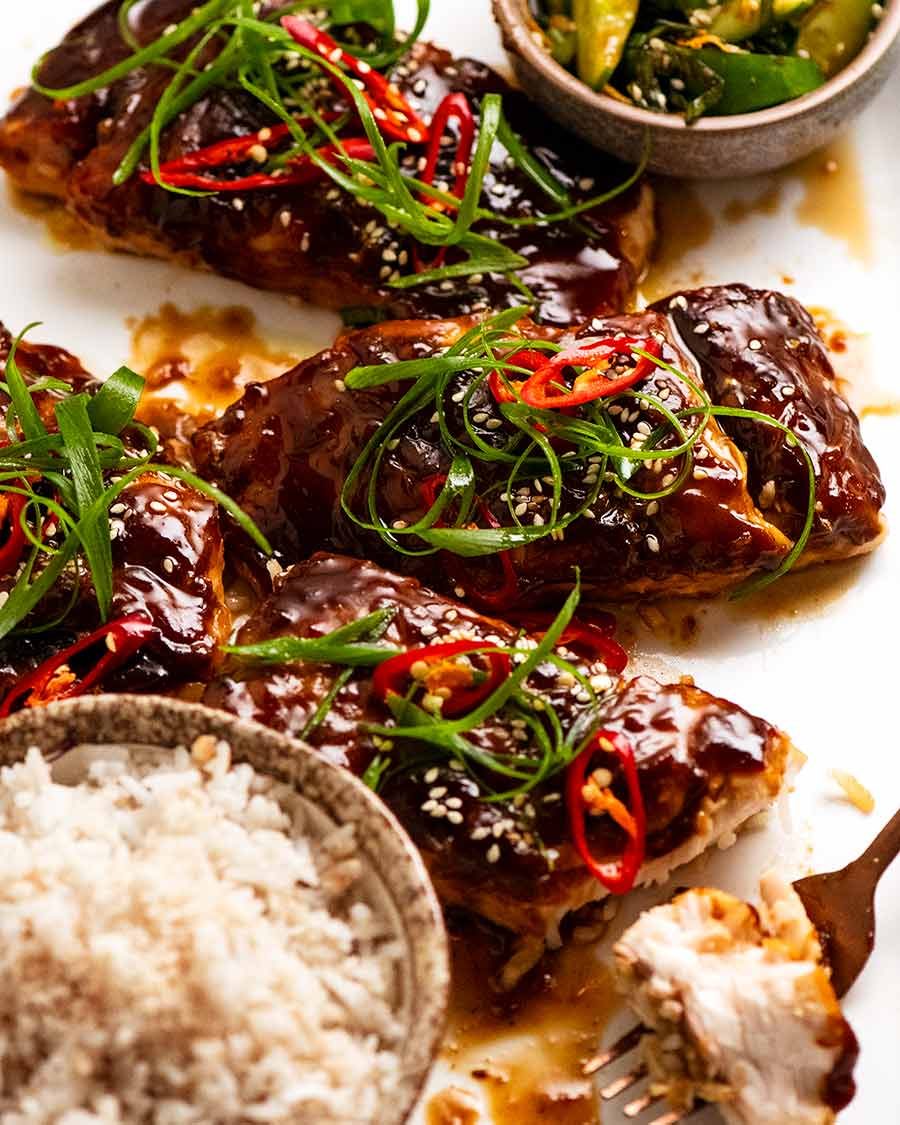
The explanation pan-fried fish is a lot tastier than simply sticking it within the oven is since you get good browning. Color = flavour with something, whether or not it’s greens or meats. Fish fillets merely prepare dinner too shortly within the oven to get any color on them.
So how do you make baked fish tastier and extra fascinating? You might:
-
Bake it with a sauce – like on this Baked Fish with Lemon Cream Sauce (very long time reader favorite!);
-
Bake it with a crunchy crumb – like this Parmesan-Crumbed Fish, or these Fish Fingers; or
-
Serve it with an assertive sauce, corresponding to:
-
Chimichurri
-
Pesto
-
Hollandaise or Béarnaise Sauce
-
Salsa Verde
-
Lemon Butter Sauce
-
Romesco Sauce (Spanish pink capsicum sauce)
-
A tangy and creamy sauce like Creamy Dill Sauce
-
Any of those Seafood Sauces; OR
-
-
You may slather it with what we’re calling an Asian BBQ Sauce, which caramelises fantastically within the 20 minutes it takes to bake fish completely within the oven! Simply suppose your favorite BBQ sauce like we use on pork ribs – however with Asian flavours. Savoury, candy, a hum of spice and tons of flavour!
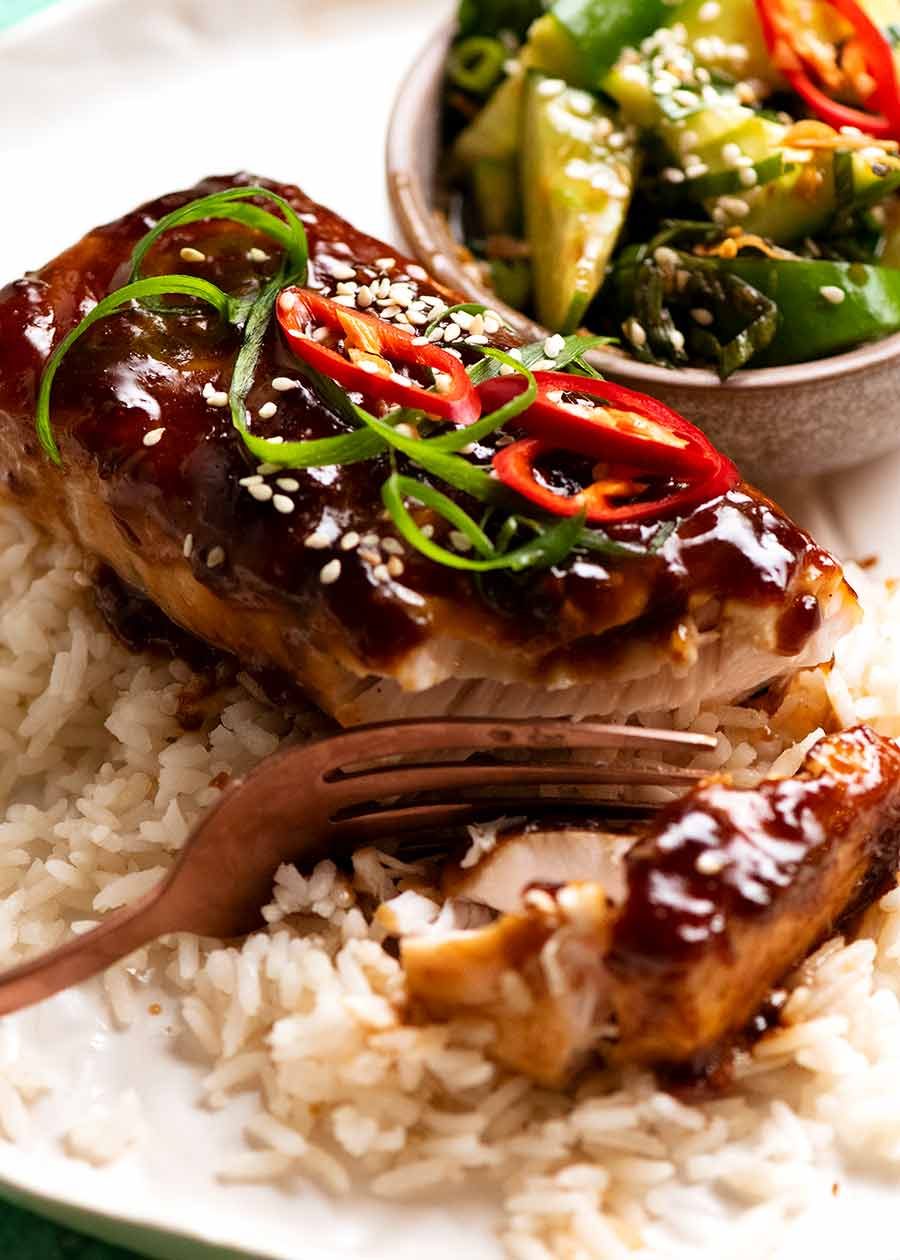
Right here’s what you want for the Asian BBQ Sauce Glaze:
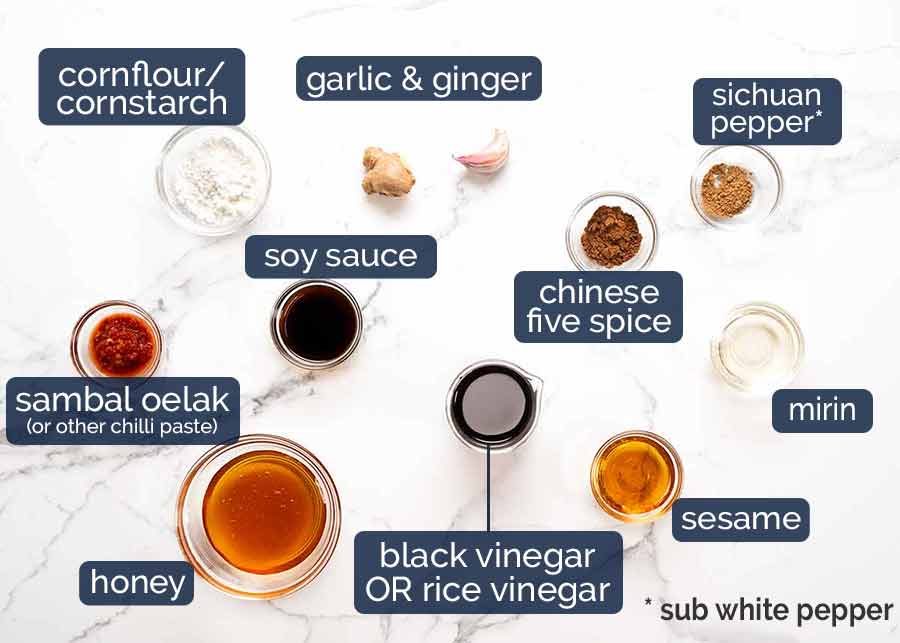
-
Chinese language 5 Spice – A store-bought mixture of spices used extensively in Chinese language cooking made with (look ahead to it…) FIVE totally different spices. I do know, you fell off your chair in shock. 😂 Generally discovered these days in grocery shops;
-
Sichuan pepper – For a touch of the Sichuan pepper signature cool-and-numbing warmth. It’s actually not an enormous deal in case you go away it out nevertheless. Simply add a splash of pepper as a substitute;
-
Sambal oelek – A chunky chilli paste for a touch of chilli warmth. Don’t have it? Simply use sriracha or different related Asian chilli paste;
-
Chinese language black vinegar OR rice vinegar – Black vinegar has a particular flavour, wealthy and darkish, a bit like Asian-y balsamic. So it does add a contact extra flavour into the glaze whereas additionally deepening the color of the glaze. However it really isn’t an enormous deal in case you use rice vinegar as a substitute;
-
Soy sauce – Both all-purpose or mild soy sauce. Don’t use darkish soy sauce, will probably be far too intense. Extra on various kinds of soy sauces right here;
-
Honey – The primary candy aspect. Substitute with maple syrup or brown sugar;
-
Mirin – A Japanese cooking wine used so as to add depth of flavour, and just a little sweetness. Substitute with Chinese language cooking wine, Japanese cooking sake, or in case you can’t have alcohol, chicken inventory (see recipe notes);
-
Garlic and ginger – Recent, please!
-
Sesame oil – Toasted, ie. the bronze-coloured sesame oil, as a result of it has extra sesame flavour. Untoasted sesame oil is yellow, and is more durable to search out in Australia; and
-
Cornflour/cornstarch – Used to thicken the glaze.
I used barramundi on this recipe. The meaty and juicy flesh makes it preferrred for the daring flavour of the glaze, and the fillets are thick sufficient to make them appropriate for cooking within the oven.
See under for an inventory of different appropriate fish .Any thick-ish, agency, white fish fillets will work a deal with right here!
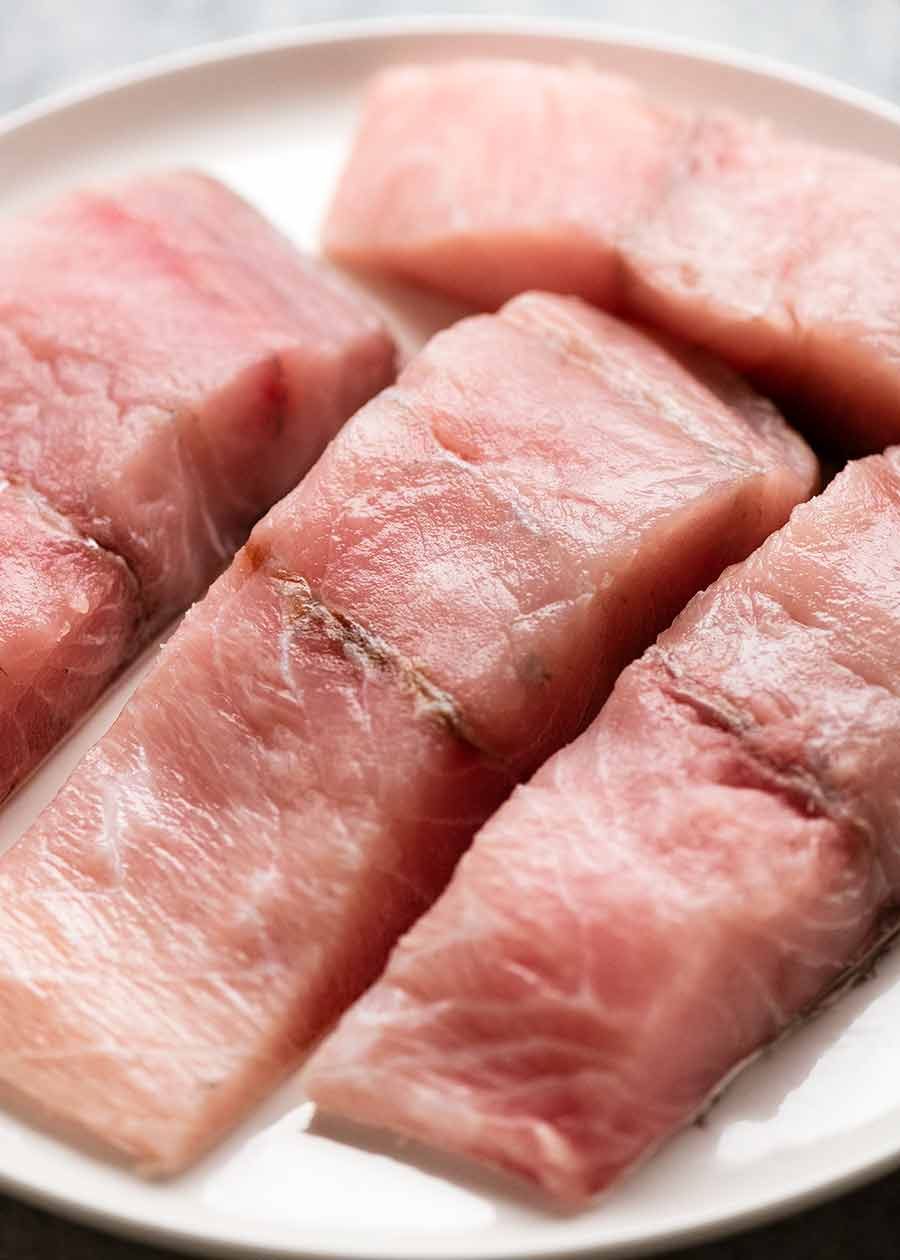
Pores and skin on or off? Both is okay, it actually gained’t have an effect on the bake time. However the pores and skin gained’t be crispy. If it is a turn-off for you, simply eat the flesh and go away the pores and skin.
Different fish appropriate to make use of
This recipe is appropriate for many fish fillets round 2.5cm/1″ thick. We want it that thick so it doesn’t prepare dinner via too shortly earlier than the glaze has an opportunity to caramelise (~18 minutes).
Fillets this thick will usually come off a bigger fish. Listed below are some recommendations:
-
Jewfish (mulloway)
-
Snapper (if a big fish)
-
Hoki
-
Tilapia – the thick half (scale back oven prepare dinner time to 12 minutes)
-
Cod (any)
-
Grouper
-
Monkfish
-
Halibut
-
Pollock (aka coley)
-
Ling
-
Emperor
-
Striped bass (not all bass is appropriate), hake, gummy shark
-
Salmon or ocean trout additionally work however there is likely to be too a lot flavour happening because the glaze is kind of intense!
Bear in mind, the form of fish signifies that you get thick cuts from the principle physique in addition to skinny cuts from in the direction of the tail. Go for the thicker cuts!
Fish to keep away from
I like to recommend avoiding:
-
Fish that dry out simply when cooked – Like swordfish, tuna, bonito, kingfish, marlin, mackerel. Except you’re extraordinarily cautious they will grow to be dry inside so are very susceptible to overcooking within the oven. I really feel these fish are (largely) higher in uncooked/uncommon type corresponding to Ceviche, Poke Bowls, Tartare;
-
Delicate fish, thin-filleted, lengthy slim or small fish – Like flounder, sole, plaice, whiting, bream, dory, basa, hoki, flathead, deep sea perch (Orange Roughy). These fillets are too skinny or too lengthy and slim to prepare dinner within the oven utilizing this glaze as a result of they prepare dinner too shortly; and
-
Oily, “fishy” fish – Like mullet and sardines.
I want extra recipes of mine solely had FOUR course of step images! 😂
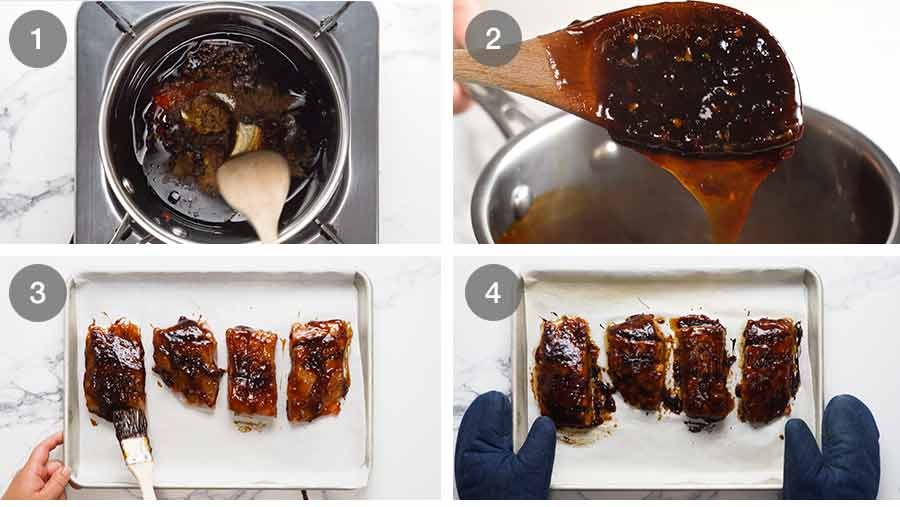
-
Simmer Glaze – Place all of the glaze substances in a saucepan and simmer;
-
Thicken to stick – Simmer for a couple of minute till it turns into very thick. It must be borderline paste-like so it sticks on the fish. If it’s simply syrupy, the sauce will simply slide off the fish;
-
Brush/dab glaze on to the fish – the highest and the perimeters; and
-
Bake then broil/grill – Bake for quarter-hour at 180°C/350°F, then change to the grill/broiler for 3 minutes to get a stunning caramelisation on the floor. Actually, don’t skip this step! You get nice additional flavour. 🙂
The goal inner temperature of white fish cooked within the oven is 55°C/131°F. Extra on this under.

For white fish fillets, I goal an inner temperature of 55°C/131°F (to take fish out of oven, aka “pull temperature”) which is medium doneness. For fish, this implies it’s just-cooked, ie. very juicy, moist flesh that isn’t uncommon or uncooked in any respect. The residual warmth because it rests will improve the interior temperature a couple of levels, to provide a last studying of round 58°C/136°F.
The FDA recommends an inner temperature of 63°C/145˚F, which is medium-well performed. That is protected for all sorts of white fish as a result of it’s totally cooked. Nonetheless you will see that for leaner fish corresponding to cod, it isn’t as juicy because it might be at this temperature.
In the event you ask cooks, you’ll discover that many will goal an inner temperature of fifty°C/122°F (pull temperature). That is simply medium, which suggests the fish is at its absolute optimum juiciness. For house cooks nevertheless, this could be a difficult act to make sure the fish isn’t underdone.
So for my part, it’s most secure to focus on 55°C/131°F. Even in case you overshoot it a bit, the fish will nonetheless be removed from overcooked. That is additionally a superb goal inner temperature for roasted fish in line with notable Australian seafood cookery consultants corresponding to Josh Niland, chef/proprietor of the critically-acclaimed Saint Peter fish restaurant and Fish Butchery in Sydney. He’s writer of award-winning ebook The Complete Fish Cookbook (web page 209 for roasting temperatures).
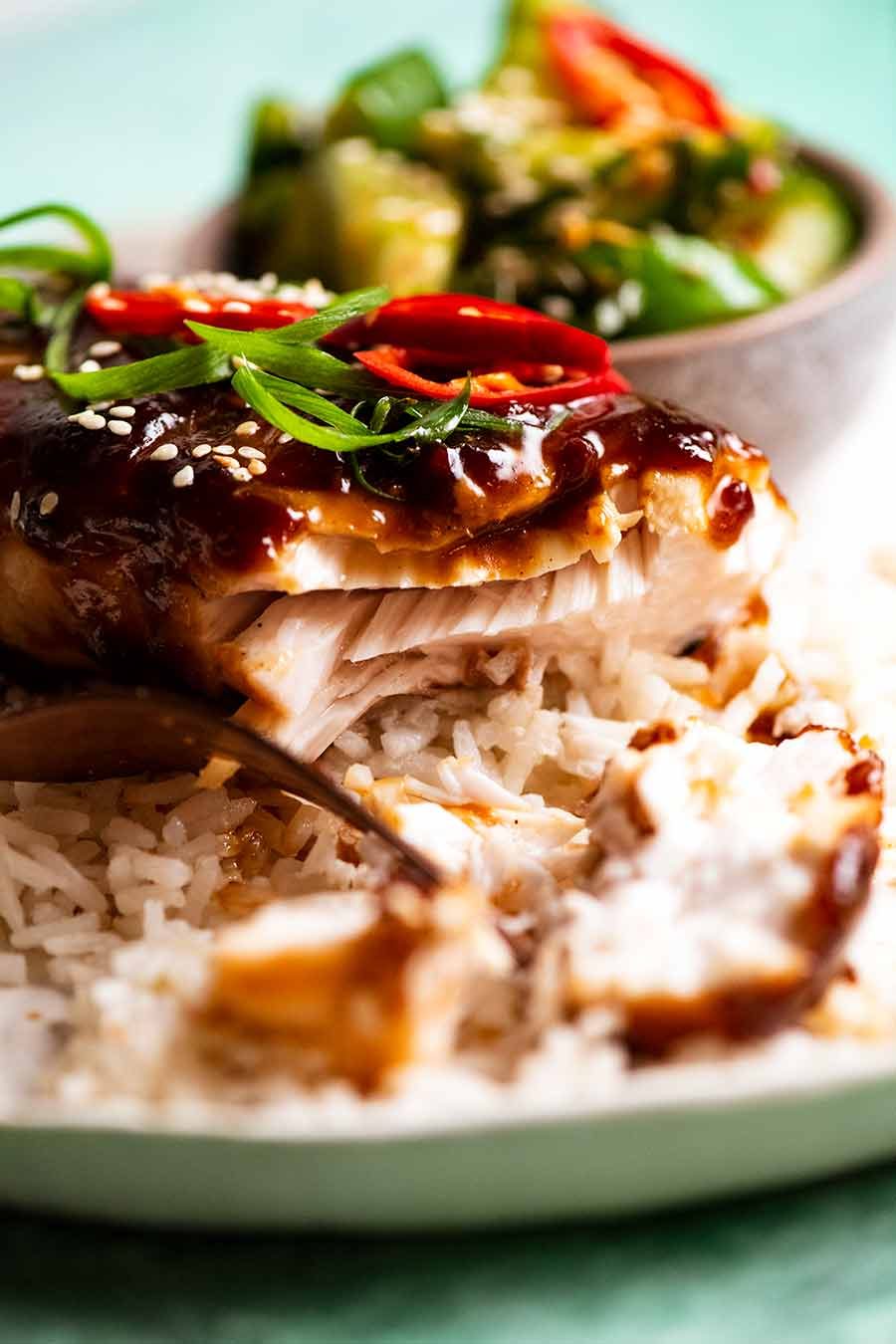
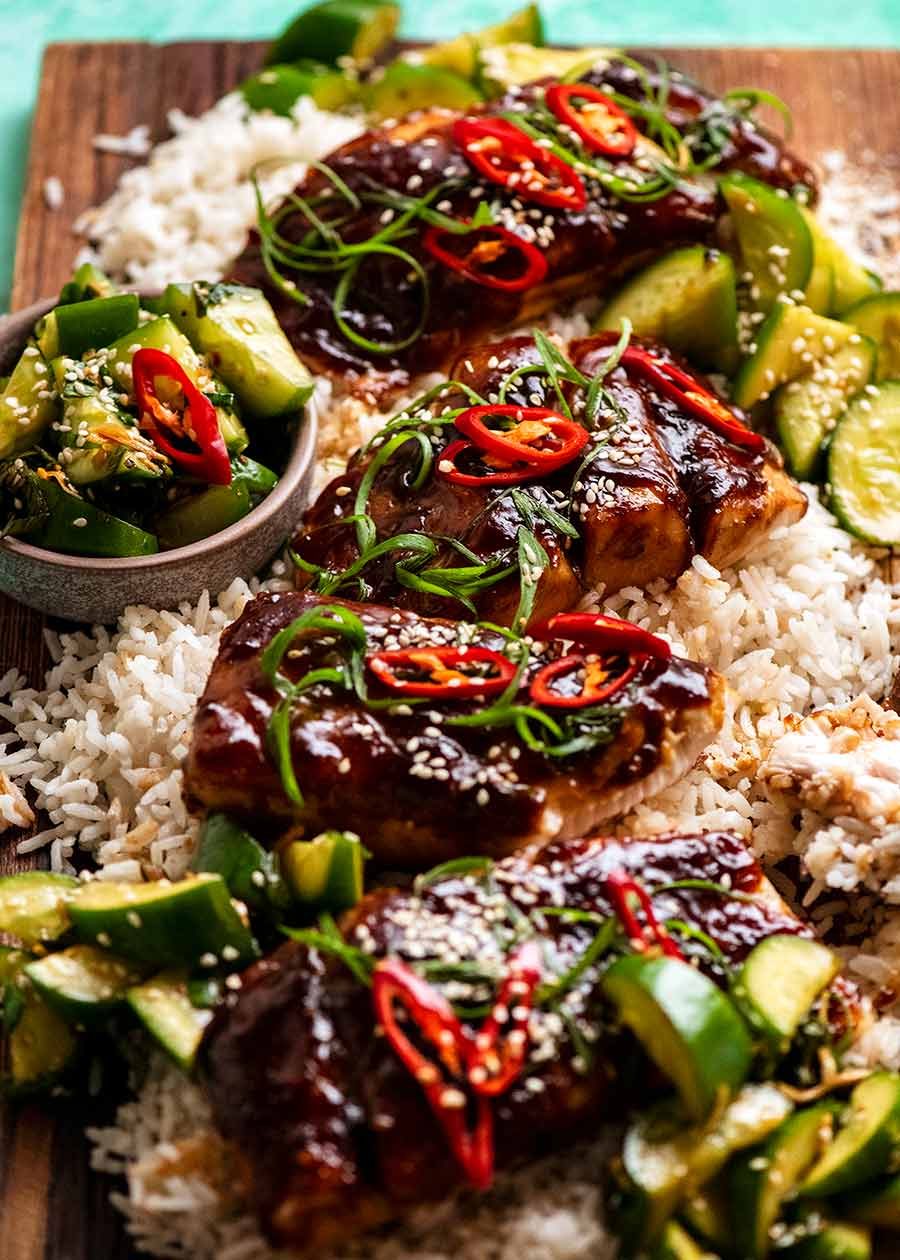
The Asian Glazed Baked Barramundi is proven on this publish with a aspect of Coconut Rice and cucumbers tossed with Asian Sesame Dressing.
The glaze and juices from the fish are flavourful sufficient to serve it with plain steamed rice. Select from white, jasmine, basmati or brown rice. Or for a low-carb possibility, cauliflower rice (actually, it’s not simply wholesome however scrumptious!).
For flavoured rice choices, attempt certainly one of these:
As for greens and salads to serve on the aspect, listed below are some recommendations:
It’s dawned on me penning this that I’m just a little quick on Asian aspect salads. Time to begin build up my stash. 🤔 Preserve a watch out for extra within the coming weeks! – Johnsat x

Ingredients
- 4 x 180g / 6oz barramundi fillets , skinless, boneless; or other ~2.5cm / 1" thick firm white fish fillets (Note 1)
- 4 tsp cornflour / cornstarch
- 2 tbsp water
- 5 tbsp soy sauce , all-purpose or light soy sauce (Note 2)
- 4 tbsp honey (else maple syrup or 5 tbsp brown sugar)
- 1 tbsp sesame oil
- 1 tbsp Chinese black vinegar or rice vinegar (Note 3)
- 1 tbsp mirin (Note 4)
- 1 tsp sambal oelek , or other Asian chilli paste / sauce (Note 5)
- 1/2 tsp Chinese Five Spice (Note 6)
- 1 clove garlic , finely minced
- 1 tsp ginger , finely grated
- 1/4 tsp Sichuan pepper , or white pepper (Note 7)
- Sesame seeds
- Green onions (Note 8)
- Large red chilli, finely sliced
Instructions
- Preheat oven to 180°C/350°F (160°C fan). Line a tray with parchment/baking paper. Place shelf in middle of oven.
- Cornflour slurry: Mix water and cornflour in a small bowl.
- Make glaze: Place remaining glaze ingredients in a small saucepan over medium-low heat. Simmer for 2 minutes. Add cornflour slurry then stir well. Cook it for a further 2 minutes until it thickens into a thick paste – thick enough so it stays on the fish when brushed on. See photo in post or video. If it is just a thick syrup, it will slide off the fish.
- Brush glaze on Fish: Place fish fillets on tray. Dab/brush paste on on the top and sides.
- Bake then broil/grill: Bake fish for 15 minutes. Then flick to broiler/grill on high, and cook for 3 minutes to caramelise the surface. Target an internal temperature of 55°C/131°F for medium, which is just cooked but not raw at all. Fish temperature will continue to rise to 58°C/136.5°F during resting.
- Garnish: Remove from oven, transfer to serving plates and rest for 5 minutes. Garnish with green onion, chillies and sesame seeds, as desired. Pictured in post with a side of Coconut Rice and cucumber with Asian Sesame Dressing.
Notes
1. Fish fillets suitable for this recipe – any firm white fish fillets that are ~2.5cm/1″ thick:
Jewfish (mulloway)
Snapper (if a large fish)
Tilapia – the thick part (reduce oven cook time to 12 minutes)
Cod (any)
Grouper
Monkfish
Halibut
Pollock (aka Coley)
Ling
Emperor (grouper)
Stripe bass (not all bass is suitable), hake, gummy shark
Salmon or ocean trout also work but there might be too much flavour going on as the glaze is quite intense!
Avoid: lean fish (swordfish, tuna, kingfish), small thin fish fillets (bream, dory), long narrow fish (cod), oily fish (mackerel, sardines). See in post for more extensive list.
2. Soy sauce – Do not use dark soy sauce (too strong) or sweet soy sauce (too sweet). More on different soy sauces here.
3. Chinese black vinegar, like balsamic vinegar, is dark and has more flavour than regular vinegars. You can sub with plain rice vinegar. As a last resort, you can also sub with cider vinegar.
4. Mirin is type of sweet Japanese cooking wine, widely available these days in the Asian section of everyday supermarkets. Substitute with (best option first): Chinese cooking wine, Japanese cooking sake, 3 tbsp low sodium chicken stock (glaze will take longer to thicken).
5. Sriracha or other chilli paste will be a perfectly good substitute to add a bit of warmth into the glaze. If you’re concerned about spiciness, just leave it out.
6. Chinese Five Spice – A premix of 5 spices, frequently used in Chinese cooking. Widely available these days in everyday grocery stores.
7. Sichuan Pepper – Gives a unique numbing spiciness to dishes. Substitute with white pepper. You can also leave out if you’re concerned about spiciness.
8. Green onion garnish – This is how I prepared the curly green onion pictured in the photos: Finely slice the green part on an angle to form long strips. Place in a bowl of water and refrigerate for 15 to 30 minutes. The longer it stays, the curlier it becomes. If you leave it overnight, you will end up with tight ringlets!!
9. Storage – Fish doesn’t keep or reheat well. While it can be done, it will inevitably become soggy and potentially overcook on reheat. Best to eat fresh.
